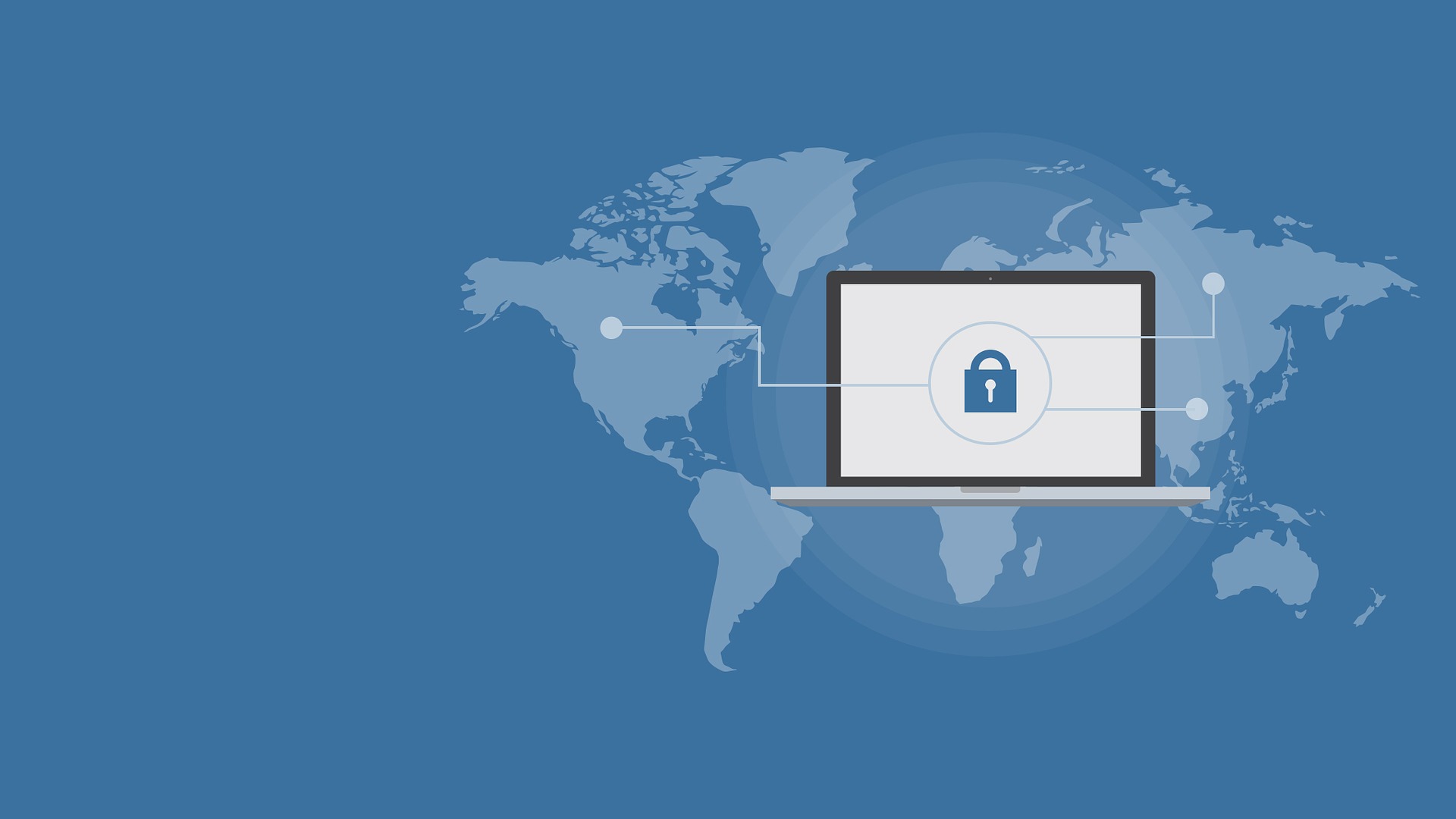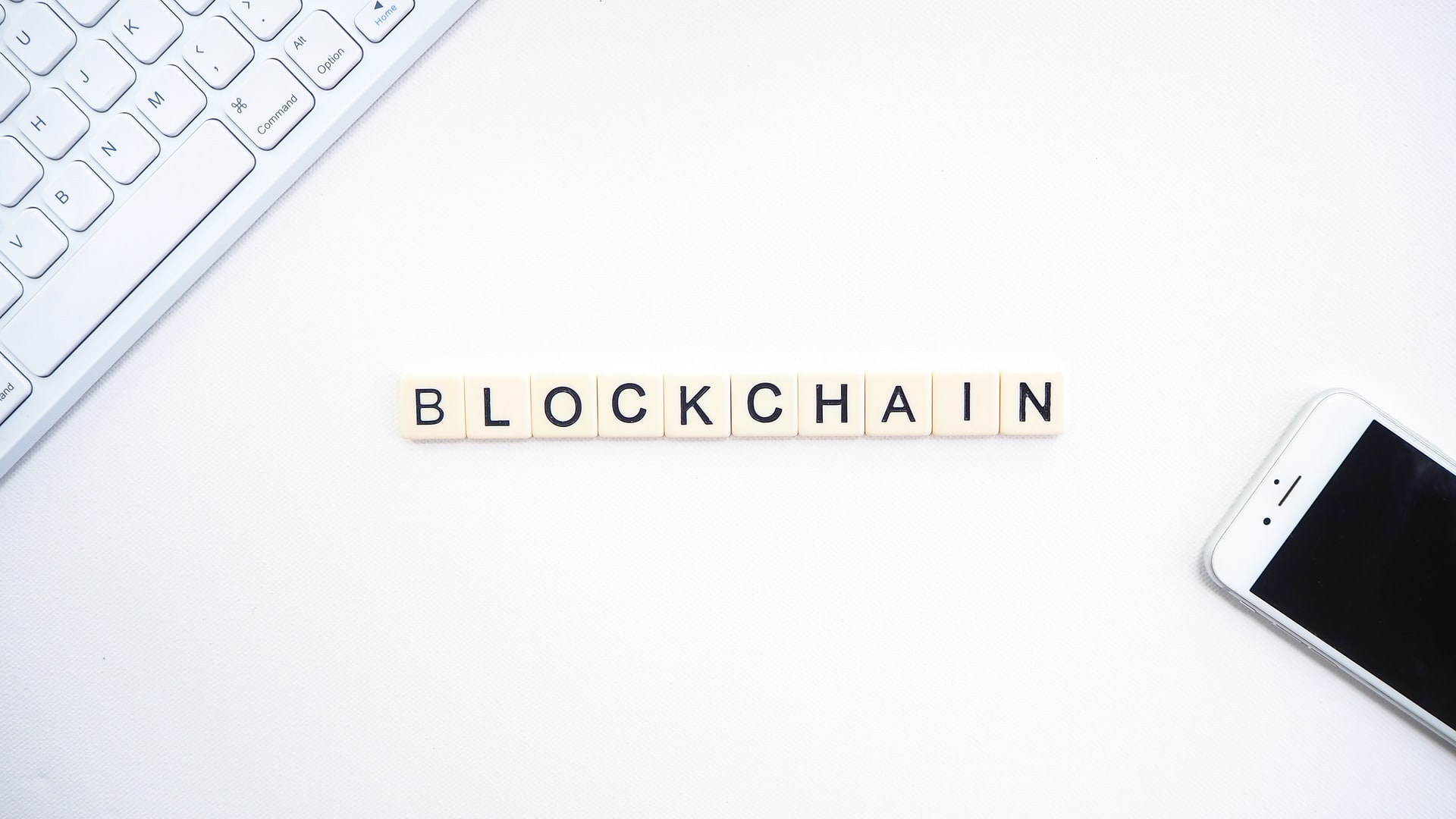Recently, with the world moving even more online, the number of hacker attacks has rapidly increased. Having good security practices has become crucial and one such practice is performing regular security audits.
Conducting security audits allows your SaaS platform to remain safe, private, and secure. And while hackers are constantly finding new ways to exploit applications and websites, it is important not to underestimate this issue.
To keep the data on your SaaS platform safe, you need to assess various factors – from the security habits of your employees to any potential vulnerabilities in the software. When you find all weak points you can begin to fix them and performing regular audits is the best way to ensure that your platform is as much as secure as possible.
Here are 7 easy steps to conduct a SaaS security audit.
Ensure your employees are security smart
Your overall security depends on the security practices of your employees. Make sure that every employee has their own account with a strong password and two-factor identification. If needed, you can perform security awareness sessions to boost the security knowledge of your employees and ensure they are up to date with best practices.
Assess your customers
It is crucial to protect your customers and ensure that they are aware of how to deal with security incidents. You can force a two-factor authentication to provide better security on your SaaS platform.
Protect the data
Data is one of the most important aspects of a SaaS security audit. Usually, data is in one of three states – at rest, being used, or in transit. Depending on which state it is, there are different levels of vulnerability that have to be secured.
Follow secure coding
One of the most important aspects of security is your code and it must be assessed during the SaaS security audit. Potential weaknesses and vulnerabilities need to be detected early in the development process and to do so, you need to evaluate the reliability, security, effectiveness, and maintainability of the code. Shifting to security early in the development process ensures that your application will be much more secure later in its life cycle.
Ensure safe deployment
Auditing the platform where the SaaS product is deployed is important. Most established Saas vendors like Google and Amazon do their best to ensure security. You can also ensure that there are safety standards and security measures taken.
Ensure compliance with standards
Your application needs to be compliant with well-known security standards. The best way is to prepare a checklist of all compliances and test them accordingly.
Invest in security resources
If you are not certain how to perform a security audit, or in case it takes too much time and effort, it is better to invest in a professional team. Depending on your exact needs and requirements you can choose an in-house team or hire an external professional security team. Either way, do not underestimate security as this is the only way to minimize the risk of being hacked.



